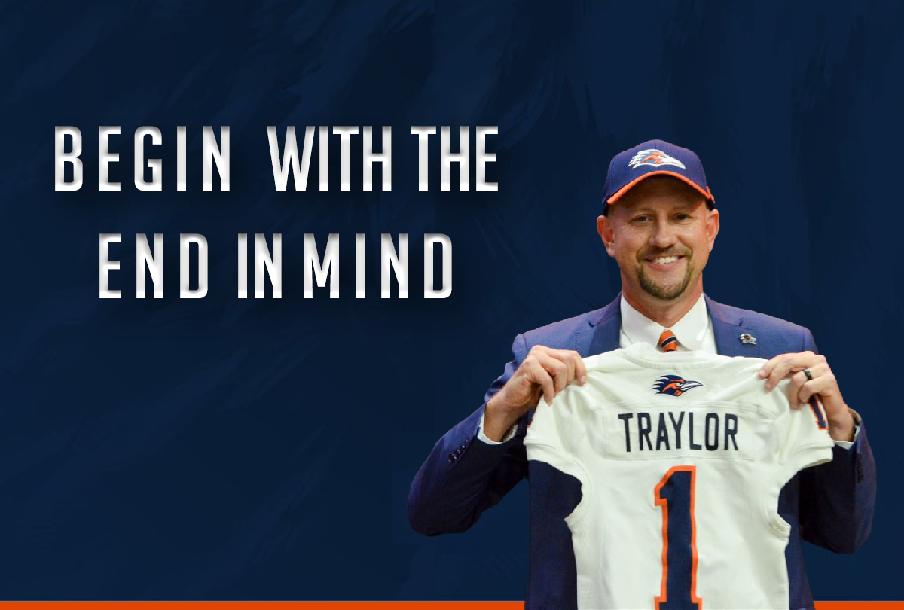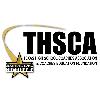- Author David Smith
So, what foods should you avoid that help with reducing inflammation? As a first step, avoid the foods that science is certain links to chronic inflammation from your diet. An excellent starting point are fried foods and refined sugar. While limiting these foods, increasing less-processed whole foods can alleviate some symptoms of arthritis, like pain and swelling. The added benefit is, of course, maintaining a healthy weight which can also alleviate unnecessary stress on the knee joints.
Keep reading to learn of 3 more foods that are the worst for arthritis that might not be so obvious.
Ready-made frozen foods
Easy, but full of sodium, frozen dinners and pre-made meals are something to be avoided for those with rheumatoid arthritis. When you have rheumatoid arthritis, you may want to limit the amount of sodium that you eat because certain medications such as corticosteroids can cause you to hold onto more salt, which increases inflammation. Read labels as the frozen food industry is now offering healthier alternatives and try to limit your daily sodium intake to about 1,500 milligrams.
Mono-sodium glutamate (MSG) is a flavor-enhancing food additive most commonly found in prepared Asian food and soy sauce, but it can also be found in frozen meals. It’s also added to fast foods, prepared soups and soup mixes, salad dressings and deli meats. This chemical can trigger two important pathways of chronic inflammation and affect liver health.
Gluten and refined carbs
Gluten, a sticky protein found in wheat and related grains, such as barley, oats, and rye, can promote inflammation. Unlike other proteins, we don't digest gluten completely and, in some people, the immune system sees gluten as the enemy and will unleash weapons to attack it, causing inflammation in the intestines as well as in other organs, joints, and tissues.
Refined carbohydrates are white flour products such as bread, pasta, white rice, cereals and more markedly drives inflammation and also accentuates the omega-3 deficiencies that powerfully impact joint inflammation. Omega-3s are that good fat richly found in seafood, nuts, and certain oils. Research has shown that omega-3s may prevent diseases like heart disease and diabetes, helping protect your brain in addition to fighting inflammation. Processed carbs are beginning to supersede fats as the main driver of escalating rates of obesity and other chronic conditions. These high-glycemic index foods fuel the production of advanced glycation end (AGE) products that stimulate inflammation.
Dairy
About 60 percent of the population have a hard time digesting milk and other dairy products and the proteins found in them, which can cause inflammation in the body. Most cheeses contain a high amount of saturated fats, and saturated fats have been shown to be an inflammation trigger not only for heart disease but arthritis as well.
Dairy products such as ice cream are high in saturated fats. Saturated fat + sugars = inflammation’s match made in paradises. Saturated fat is one of the most inflammation-inducing nutrients, and a study of more than 100 arthritis patients who eliminated dairy reported self-perceived benefits.
As your own experiment, try cutting dairy from your diet and see what happens to your body when you give it up. Not all dairy causes inflammation, so if you want to enjoy it, try slowly adding back in products that have probiotics known to fight inflammation, including low fat cheese and unsweetened Greek yogurt.
Cutting back on foods that promote inflammation, increasing the proportion of fruits and vegetables in your diet, making organic chicken and fish your main protein and getting more omega-3s can make a big difference in your arthritis symptoms.
To learn more about what foods you should be eating if you have been diagnosed with arthritis visit https://southlandarthritis.com








